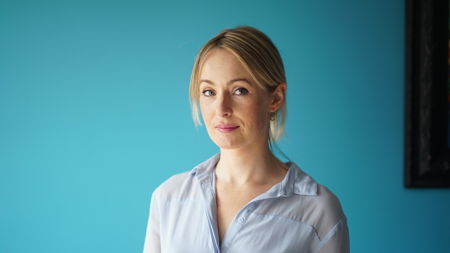
Lucy Osborne and Stephanie Kirchgaessner
The Guardian
As well as extensive interviews with alleged victims - several of whom were found using open source intelligence - the investigation was also based on interviews with more than 100 other sources, including insiders who worked closely with Copperfied. It also analysed court and police records obtained through freedom of information requests and other previously unseen documents. The reporters, Lucy Osborne and Stephanie Kirchgaessner, were able to expose a pattern of alleged behaviour, despite the obstacles that came with reporting on one of the wealthiest and most powerful American celebrities. Copperfield denied all allegations through his representatives and soon after he was approached with questions, two women who had been interviewed extensively by reporters asked that their allegations be removed from the articles. Circumstances around their requests raised questions about whether both had been offered possible financial settlements by Copperfield’s team.
The first article uncovered alleged abuse at or after Copperfield’s live performances. The reporters interviewed multiple women who say they were groped on stage and people who say they witnessed such incidents. The second detailed accounts from five then-teenage contestants of a modelling contest for which Copperfield was a judge. Exclusive, behind-the-scenes footage, obtained by the reporters, shows Copperfield - and other celebrity judges including Trump - interviewing and mingling with these contestants.
The third article shed new light on Copperfield’s little-known relationship with Jeffrey Epstein through interviews with witnesses, court records and police evidence. This included exclusive testimony from two Epstein victims and analysis of Epstein’s phone message records that appeared to show Copperfield left 16 messages for the paedophile in just a few months.
The final piece in the series gives a detailed account of the two-year FBI investigation into Copperfield after a woman accused him of raping her on his private Bahamian island. While Copperfield publicly said he was exonerated when the FBI did not charge him, the Guardian revealed that this was not the case. The article painstakingly lays out previously unknown details of the case through court and police records, insider accounts and an eye-witness from the island, exposing how a young woman was allegedly widely misrepresented by Copperfield and his team, as well as by the media. The Guardian’s reporters discovered that Carroll was not the only one who reported sexual misconduct allegations about Copperfield to the authorities: four others had also done so. They all said they believe their accounts were not taken seriously. The journalists’ tenacity should be commended, for sticking at this story for so many years, maintaining relationships with many vulnerable victims and for finally exposing allegations that had been hidden in plain sight for so long.